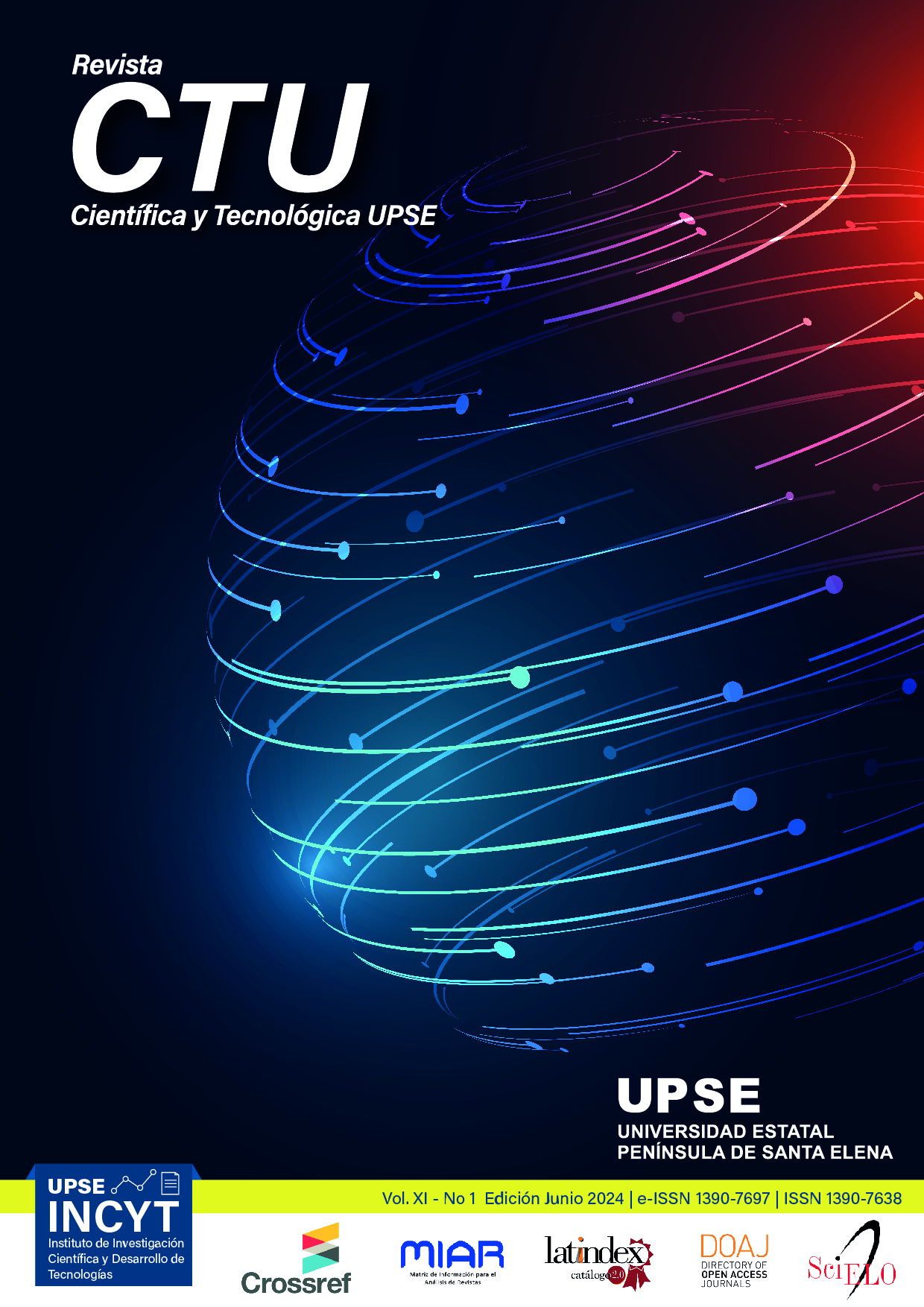Development of a phenolic resin production strategy aligned with market needs in Ecuador
DOI:
https://doi.org/10.26423/rctu.v11i1.757Keywords:
simulation, phenolic resin, process designAbstract
The objective of this study was to develop a strategy for designing a phenolic resin (floral foam) production plant to meet the existing demand in the country, using the PRO II simulation software. For this purpose, the design needs were identified through block diagrams (BDF) and process flow diagrams (PFD), considering the involved unit operations. Additionally, a batch reactor was presented, designed to achieve high conversion in the production of floral foam, according to the reaction for obtaining resol-type floral foam. For this, the volume value was considered, as well as the optimal operating conditions, including pressure and temperature, through a sensitivity analysis. The results were verified by calculating mass and energy balances, using the demand for floral foam, which was approximately 143 tons annually, obtained from the National Customs Service of Ecuador (Importations) website. This value was used for the calculation of daily production and helped to demonstrate the validity of the simulation. The simulated value was 63.4552 kg/day, compared to the calculated phenolic resin production value of 63.3547 kg/day. This shows the relevance of the study and encourages the generation of research that benefits the creation and development of the petrochemical industry.
Downloads
Downloads
Published
Issue
Section
License
El titular de los derechos de autor de la obra, otorga derechos de uso a los lectores mediante la licencia Creative Commons Atribución-NoComercial-CompartirIgual 4.0 Internacional. Esto permite el acceso gratuito inmediato a la obra y permite a cualquier usuario leer, descargar, copiar, distribuir, imprimir, buscar o vincular a los textos completos de los artículos, rastrearlos para su indexación, pasarlos como datos al software o usarlos para cualquier otro propósito legal.
Cuando la obra es aprobada y aceptada para su publicación, los autores conservan los derechos de autor sin restricciones, cediendo únicamente los derechos de reproducción, distribución para su explotación en formato de papel, así como en cualquier otro soporte magnético, óptico y digital.












